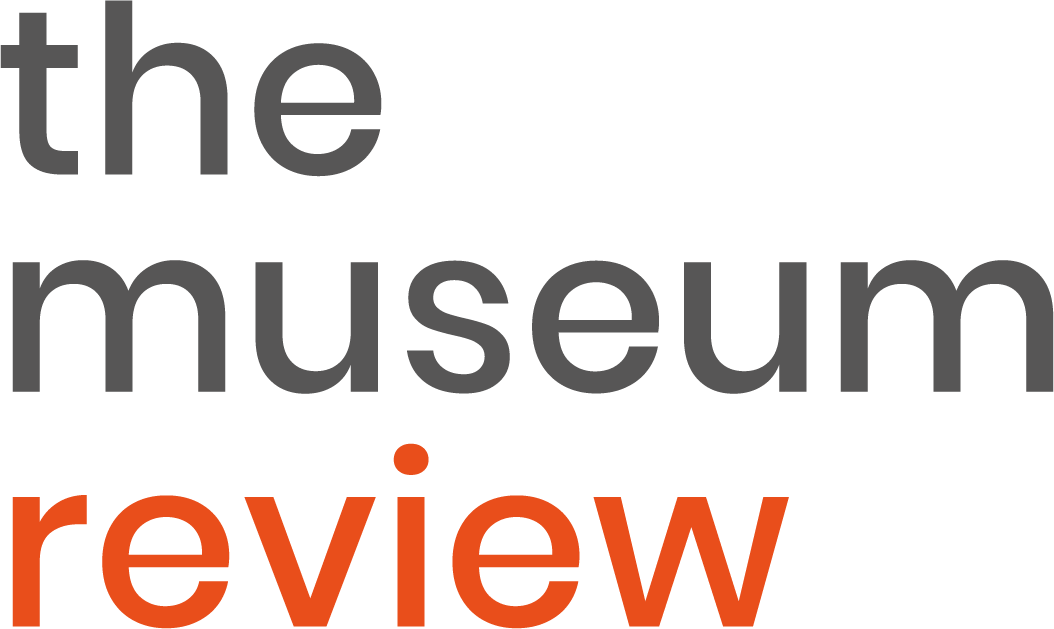TEXT CONVENTIONS
The Museum Review publishes articles of up to 7,000 words, not including endnotes. Prepare all text in Microsoft Word using embedded endnotes. Double-space the text, with one space between sentences, and use Times New Roman 12-pt. font throughout.
The text must be grammatically correct, logical, clear, and concise. Do not use the passive voice if it is possible to use the active voice, and please eliminate unnecessary words. Write in an accessible style, and avoid or explain jargon and acronyms where possible so non-museum experts can understand your material. The journal has an international readership, so authors should consider those who are non-native English speakers or readers.
Article titles must be comprehensible, but not vague. Please be aware of abstracting and indexing services when crafting a title for the manuscript, and provide one or two essential keywords in each title that will be beneficial for web search results.
Please remove any first-person references, acknowledgments, or information that might identify the author to the reviewer. If the manuscript is accepted, these can be added to the text later.
Follow American spelling (medieval, not mediaeval; facade, not façade). In the main text, excerpts in foreign languages should be rendered in English translation or paraphrased, with the original language given in the endnotes. Write institution names in the original language: “Musée du Louvre” not “Louvre Museum.”
Italics should be used for titles of books and periodicals, unfamiliar terms, and short phrases in a foreign language. For questions about whether a word should be italicized, please consult Merriam-Webster’s Collegiate Dictionary, 11th edition. In general, if a word appears in Merriam-Webster’s, it does not require italics.
All Rogers Publishing imprints follow the Chicago Manual of Style, 16th edition.
ABSTRACT
Your abstract (up to 250 words) should provide a clear idea of the main argument and conclusions of your work, and include your keywords. Adopt an impersonal voice rather than using personal pronouns: “This article discusses...” rather than: “In this article, I discuss...” Abstracts cannot be more than one paragraph in length and cannot contain the following: lists, tables, endnotes, or graphics. In addition to your title, your abstract will be the primary means by which readers are led to your content.
KEYWORDS
Please suggest 3–5 keywords for your manuscript that will help enable the text to be searchable online. Keywords are equivalent to terms in an index in a printed work, and help distinguish the most important ideas, names, and concepts.
Keywords
- Should be one word, though two- and three-word specialist terms are also acceptable where necessary
- Should appear in your abstract
- Should not be too generalized
- Cannot contain punctuation
- Must be all lower case except for proper nouns
ACKNOWLEDGMENTS
Place any acknowledgments before the first endnote with no asterisk or number. Do not provide acknowledgments at the time of submission. It will be possible to add Acknowledgments prior to publication.
FIGURES, IMAGES, AND TABLES
Each figure, image, or table of any kind (including photographs, maps, charts, and graphs) must be submitted in separate files through the online submission software. File names of figures should follow the convention: “Smith_figure01.png.”
INDICATING FIGURE PLACEMENT WITHIN THE TEXT
To indicate ideal figure placement in the text, please place a bracketed, sequentially numbered “callout” on a separate line in the manuscript between paragraphs that indicates placement: [Figure 1 here]. Do not embed figures in the manuscript text file.
When referring to illustrations in the text, use fig. or figs. inside parentheses (e.g., fig. 1, figs. 2–4). All images must be called out in the main text.
LIST OF FIGURES
Include the sequentially numbered list of figures that matches the “callouts” in the manuscript with the proper caption and credit line (or source) at the end of the main text, before the endnotes.
Example content required for the List of Figures:
Figure 1. Description of what is being illustrated, including location and date (if relevant). Permissions and copyright information (typically dictated by the copyright holder).
If information such as nationality, life dates, medium, dimensions, or location is either unknown or TK (to come), indicate this.
Give titles of artworks in English unless the foreign-language title is inscribed on the work itself or the work is widely known by its foreign-language title alone.
When illustrating materials from large archival collections, please include box and folder numbers (or other such locators) after the accession number, as appropriate.
IMAGE PERMISSION AND PREPARATION GUIDELINES
Low-resolution images are sufficient at the time of submission. High-resolution images (300 dpi) and copyright permissions to reproduce the images are required upon manuscript acceptance.
TMS requires non-exclusive world distribution rights in English; the right to publish in electronic format; and the right to deposit in electronic archives. We cannot accept restricted use to a specific time; required payment of renewal fees; or restrictions on access to the material. Please submit scans of all permission forms via the manuscript submission software.

